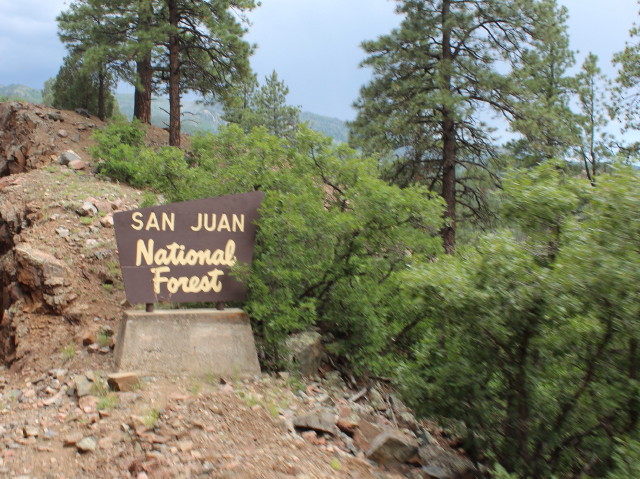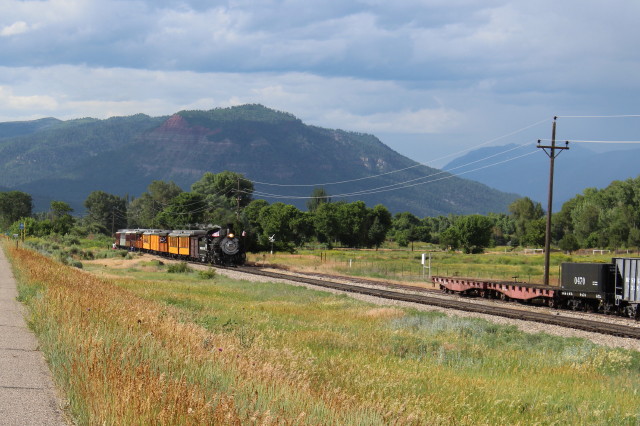Robin Bowers
Text and Photos by Author
The
author retains all rights. No reproductions are allowed
without the author's consent.
Comments are appreciated at... yr.mmxx@gmail.com
After the
first major
silver strike
in 1871,
Silverton
became a
prosperous
mining
community.
Between 1882
and 1918, the
Las Animas
district mines
produced $65
million in
ore. The Grand
Imperial
Hotel, an
1880s
showplace for
the silver
kings, and the
gold domed San
Juan County
Courthouse are
evidence of
the opulence
of Silverton
bonanza years.
In the years
since, several
of the
boom-and-bust
cycles typical
of the mining
industry
happened,
making
fortunes and
then sending
them
plummeting.
The boom
cycles saw
influxes of
people from
every ethnic
group on
earth, and the
bust cycles
saw towns turn
into ghostly
reminders of
themselves.
Today
Silverton is
the only town
left in San
Juan County,
with a
population of
600, supported
by tourists
who ride the
rail to see
the
magnificent
scenery and
relive the
incredible
history of the
area.

